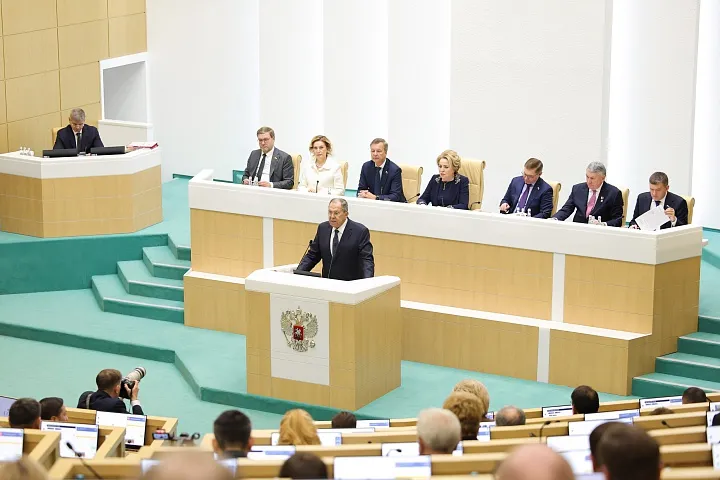That is the title which Chinese President Xi Jinping gave to his opinion column on the beautiful potential for the two nations to further expand cooperation, published today in the official daily of Peru, El Peruano, as he attends the APEC summit in Lima. Xi reminds that Peru and China’s close relations stretch from the extensive Chinese immigration to Peru which began 175 years ago, to Peru having been the first nation in Ibero-America to join the Belt and Road Initiative (BRI), which it did in 2019.
Today, he reports that he and Peruvian President Dina Boluarte will attend the inauguration ceremony of Chancay Port, by video from Lima. This port is not only an important BRI project, but the first “smart port” in South America, he points out. It will cut the costs of shipping between Peru and China by at least 20%, generate an expected US$4.5 billion in annual revenues, create over 8,000 direct jobs, and “enable Peru to put in place a multi-dimensional, diverse and efficient network of connectivity spanning from coast to inland, from Peru to Latin America, and further on to the Caribbean … an Inca Road System of the New Era with Chancay Port as its starting point, thus boosting the overall development and integration of the region.”
Xi emphasizes the link between their ancient civilizations. “It is widely believed in the archeology communities of China and other countries that the Chinese civilization and the civilizations of the Americas were in fact created by descendants of the same ancestors at different periods and different locations,” he writes. He points out that many Chinese and Peruvians have a feeling of “déjà vu when appreciating each other’s ancient artifacts. For example, the gold masks of the Incas unearthed in Peru are strikingly similar to the gold masks uncovered at an archeological site at Sanxingdui in China’s Sichuan Province. The Intihuatana stone on an altar in the ancient city of Machu Picchu, which the Incas used to mark the seasons and compose calendars according to changes of solar shadows, was in fact based on the same principle that inspired the creation of sundials in ancient China.”





